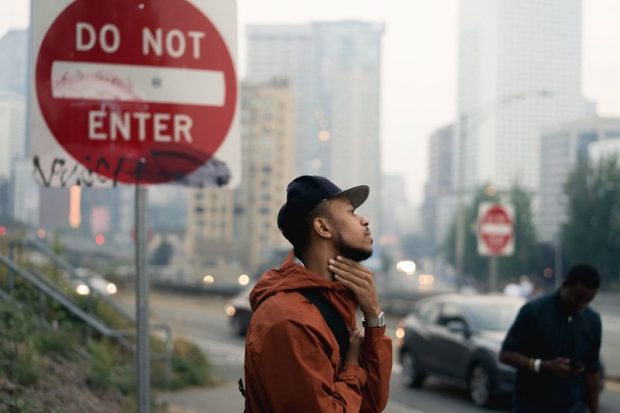Framing Streets for Beginners
Table of Contents3 Simple Techniques For Framing StreetsThe Ultimate Guide To Framing StreetsFraming Streets Things To Know Before You BuyFraming Streets Can Be Fun For Everyone

Both at the Museum of Modern Art (Mo, MA). Motivated by Frank, in the 1960s Garry Winogrand, Lee Friedlander and Joel Meyerowitz began photographing on the roads of New York. Phil Coomes, creating for BBC News in 2013, said "For those of us thinking about street photography there are a couple of names that stand out and one of those is Garry Winogrand"; critic Sean O'Hagan, writing in in 2014, claimed "In the 1960s and 70s, he specified road photography as a mindset in addition to a design and it has laboured in his shadow since, so definitive are his photographs of New york city." Returning to the UK in 1965 from the United States where he had actually satisfied Winogrand and embraced street photography, Tony Ray-Jones transformed a wry eye on typically surreal collections of British individuals on their vacations or joining festivals.
Street digital photography is a vast category that can be defined in numerous methods, but it is commonly defined by the spontaneous capturing of an unrepeatable, fleeting moment, commonly of the everyday going-ons of strangers. It is classically fired with broader angle lenses (e. g. 35mm) and usually features city environments.
What Does Framing Streets Mean?
Docudrama digital photographers commonly have actually a defined, premeditated message and a purpose to videotape specific occasions in background (https://yoomark.com/content/street-photography-presets-adobe-lightroom-cc-timeless-journey). The gamut of the docudrama strategy includes elements of journalism, art, education, sociology and background. In social investigation, docudrama photos are often intended to provoke, or to highlight the demand for, societal change
Street digital photography is generally seen as unposed and honest, but there are a few street photographers who engage with unfamiliar people on the streets and take their pictures. Road portraits are unexpected pictures taken of unfamiliar people while out doing road photography, nevertheless they are seen as postured since there is communication with the topic.
Photographing individuals and places in public is legal in a lot of countries safeguarding liberty of expression and journalistic flexibility. There are typically restrictions on exactly how click to investigate photos of individuals may be made use of and most nations have certain legislations regarding people's personal privacy.
The Best Guide To Framing Streets
Of liberty of expression. While likewise limiting photography in order to secure personal privacy civil liberties, street digital photography can still be lawful in France when pursued as an art form under specific scenarios.

. who simply roamed right into a scene), or who are not even recognizable in the photo. https://framingstreets1.bandcamp.com/album/framing-streets. It also does not generally reach individuals who are somebodies (e. g - sony a7iv. politicians or celebrities). If an image is taken into consideration art, the courts will also take into consideration the photographer's liberty of creative expression; indicating that "artistic" road digital photography can still be legitimately published in particular instances
The 30-Second Trick For Framing Streets
Photographing the authorities and releasing the pictures is likewise lawful.
In Hungary, from 15 March 2014 anyone taking photos is practically breaking the law if a person wanders right into shot, under a new civil code that outlaws taking images without the authorization of everybody in the photo - Street photography hashtags. This broadens the regulation on permission to include the taking of photos, in enhancement to their magazine
'Surprise photography' (kakushidori concealed, surreptitious photography) 'swiped digital photography' (nusumitori with no intent of obtaining consent) and "rapid photography' (hayayori prior to permission and rejection can be provided) are forbidden unless in the former permission is acquired from the subject immediately after taking the image. People have civil liberties to their pictures (shzken, droit de image).